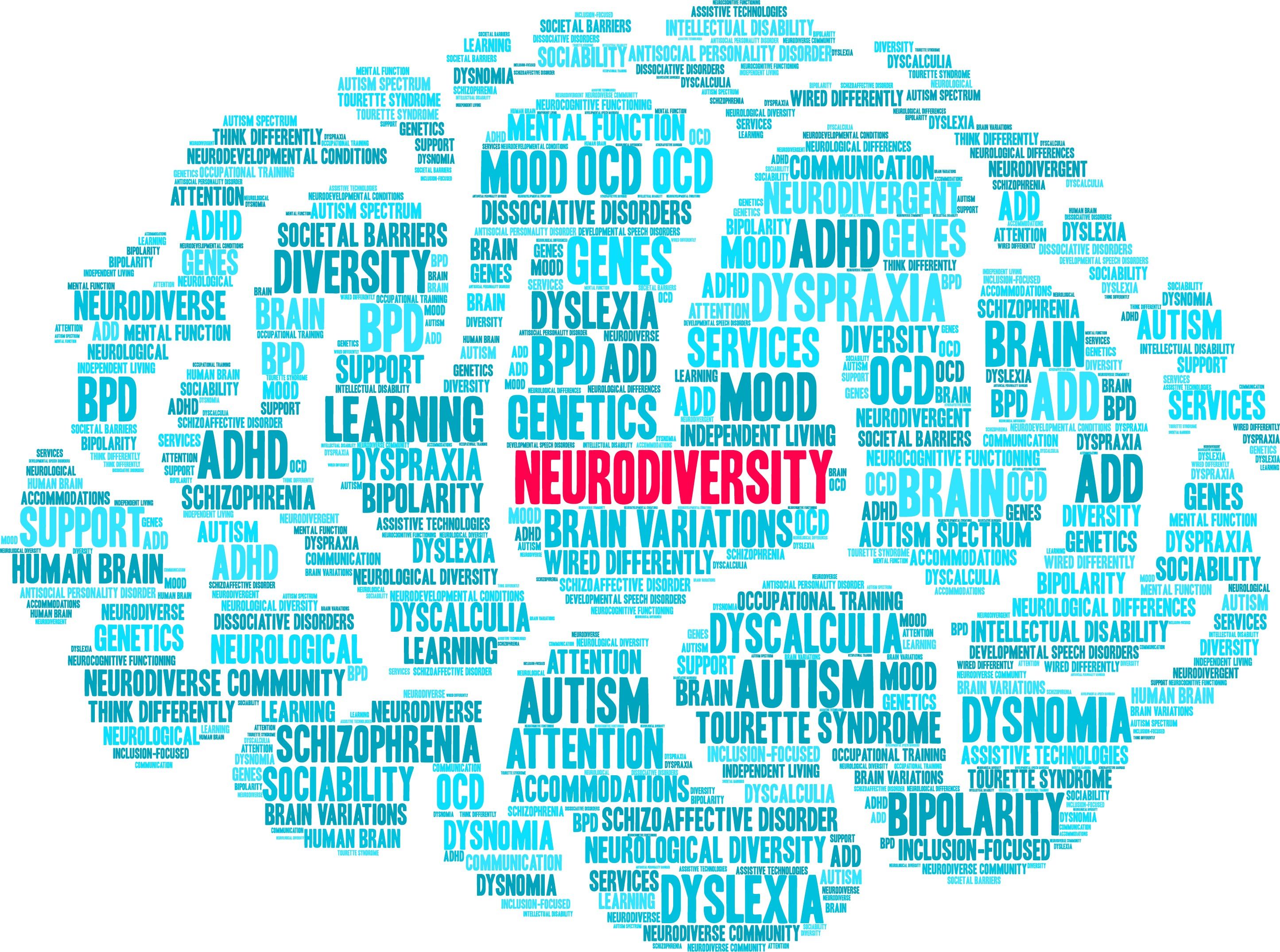Article
Asperger Disorder: Gone But Not Forgotten
Author(s):
Although Asperger disorder is now included as part of the overall autism spectrum disorder, some say Pandora’s box has been opened.
RagonImages/ Shutterstock

CONFERENCE REPORTER
Dr Greenberg is Associate Clinical Professor, Mercer University School of Medicine, Savannah, Georgia, and Attending Pediatrician, Memorial University Medical Center Children’s Hospital.
Editor’s Note: We are pleased to present this brief summary, based on Dr Greenberg’s presentation, “Has Asperger Disorder Died?” at the 2017 Psychiatric Congress Dr Greember’s presentation takes place on Satuday, September 16 at 10:30 am.
In 1944, Hans Asperger published a discussion in the German literature, of 4 boys with features that 37 years later were later named Asperger disorder by Lorna Wing. By 1994, Asperger’s was defined as “restricted repetitive patterns of behavior, interests, and activities and typically with average or above intellect.” Asperger’s original work was unrecognized in the US and Europe for 30 years, and he died in 1980.
Lorna Wing called attention to a group of children with classical symptoms of autism early in life, who developed fluent speech and wanted to communicate with others. These patients still had significant social skills difficulties. They lacked empathy, had little or no ability to form friendships, were naïve and inappropriate with one-sided interaction. They had pedantic and repetitive speech with poor nonverbal communication, showed intense interests in certain subjects, and were clumsy.
When the diagnosis of Asperger disorder was formulated, there was controversy as to whether it was a separate diagnosis or just a high-functioning version of autism. Some felt it was just a normal human difference.
DSM has been formulated to enable classification of psychiatric disorders; however, over the years, the classification of Asperger syndrome has changed. Attempts to classify subtypes in the autism spectrum (pervasive developmental disorder [PDD], PDD-not otherwise specifies [NOS], Asperger disorder, high-functioning autism) were hard to define, leading different institutions and examiners to make diverse diagnoses for patients with similar symptoms. Also, patients who started out with significant language delays and autistic symptoms could morph over the years and lose many of the original presenting difficulties. Similarly, some patients might escape identification until adulthood, with subtle symptoms that come to light after years without diagnosis.
DSM-5 looked at the various permutations in the autism spectrum and decided that due to the fluidity of the symptoms, it would be best to place all the types under the aegis of Autism spectrum disorder. Levels were designated regarding the need for services: level 3 was designated as needing the most intense services; level 2 requiring fewer services; and level 1 needing the least.
Lord and colleagues1 evaluated the consistency of diagnosis among well-trained experts in autism from 12 separate sites and found that when patients were evaluated from institution to institution by the most experienced clinicians, the diagnoses varied significantly. The study concluded that understanding the language skills, the amount of repetitive behaviors, and the communication skills would be more helpful for research into those with high functioning autism than delineating the subtype as it was used in DSM-IV.
So, what happened to our Aspies?
They are now included as part of the overall Autism spectrum disorder. But, Pandora’s box has been opened. Asperger disorder has taken on a culture of its own. Books about Asperger disorder, websites, clubs, and events have been dedicated to the Asperger culture. The media have portrayed Asperger disorder characters, and the designation has been widely recognized and conjured up intelligent people with intense interests who are socially awkward. The term has not gone away in our popular culture. Patients with Asperger syndrome may object to being lumped in a category with people with more significant disabilities, and they may refuse to drop their designation. DSM-5 has eliminated the Asperger’s subtype; ICD-10, however, has not. Time will tell!
References:
1. Lord C, Petkova E, Hus V, et al. A multisite study of the clinical diagnosis of different autism spectrum disorders. Arch Gen Psychiatry. 2012;69:306-313.





